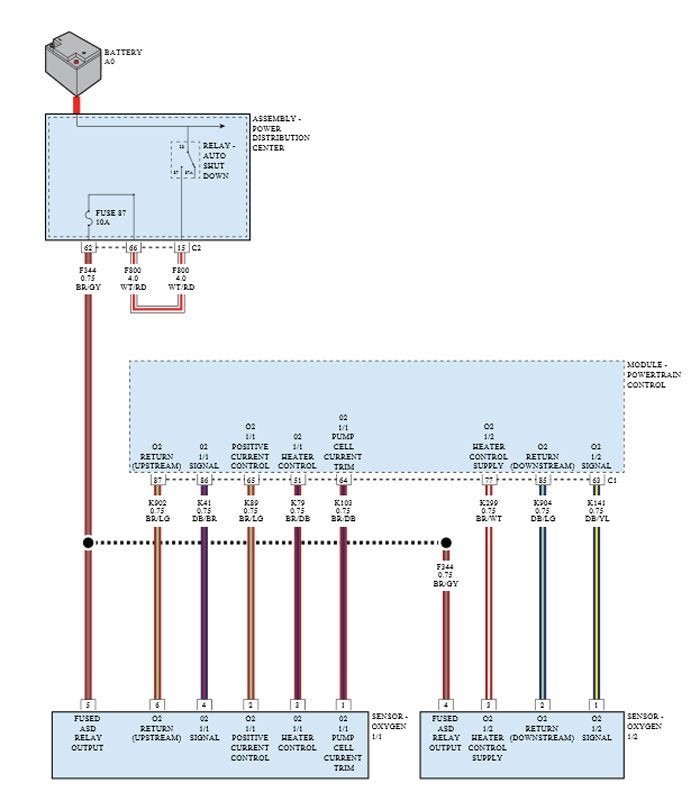A P0302 trouble code on your Dodge indicates a misfire in cylinder 2. This article will guide you through diagnosing and resolving this issue, covering potential causes, symptoms, and a step-by-step troubleshooting process. Ignoring a misfire can lead to serious engine damage, so addressing this problem promptly is crucial.
Understanding the P0302 Code
The diagnostic trouble code (DTC) P0302 specifically refers to a detected misfire in cylinder 2. Your Dodge’s Powertrain Control Module (PCM) monitors each cylinder’s firing events and triggers this code when it detects an irregularity in cylinder 2’s combustion process. This irregularity can stem from various issues, ranging from simple spark plug problems to more complex fuel system or sensor malfunctions.
Common Symptoms of a P0302 Code
A P0302 code can manifest in various noticeable symptoms:
- Check Engine Light: The most obvious sign is the illumination of the check engine light on your dashboard.
- Rough Idle: The engine may run rough and vibrate excessively, especially at idle.
- Reduced Power: You might experience a noticeable decrease in engine power and acceleration.
- Poor Fuel Economy: A misfire often leads to decreased fuel efficiency.
- Engine Stalling: In severe cases, the engine might stall or be difficult to start.
Diagnosing and Troubleshooting P0302
Before diving into complex diagnostics, always start with the basics:
1. Visual Inspection:
- Spark Plugs: Inspect spark plug #2 for signs of wear, fouling, or damage. Replace if necessary.
- Spark Plug Wires: Check the wire connecting to cylinder 2 for cracks, damage, or loose connections.
- Coil Pack: Examine the coil pack serving cylinder 2 for damage or corrosion.
- Vacuum Leaks: Inspect vacuum hoses for cracks, disconnections, or damage. A vacuum leak can disrupt the air-fuel mixture and contribute to misfires.
2. Fuel System Checks:
- Fuel Injectors: Ensure fuel injector #2 is functioning correctly. You can use a noid light to test for proper electrical pulses. A clogged or faulty injector can cause a misfire.
- Fuel Pressure: Verify adequate fuel pressure using a fuel pressure gauge. Low fuel pressure can starve the engine of fuel, leading to misfires.
3. Sensor Checks:
- Oxygen Sensors (O2 Sensors): Faulty O2 sensors can provide inaccurate readings to the PCM, affecting the air-fuel mixture calculation. Use a scan tool to monitor O2 sensor readings.
- Manifold Absolute Pressure (MAP) Sensor: The MAP sensor measures air pressure in the intake manifold. A malfunctioning MAP sensor can disrupt the air-fuel ratio.
- Engine Coolant Temperature (ECT) Sensor: The ECT sensor provides coolant temperature data to the PCM. Inaccurate readings can lead to an improper air-fuel mixture.
4. Advanced Diagnostics (If necessary):
- Compression Test: Perform a compression test on cylinder 2 to assess the cylinder’s health. Low compression indicates potential mechanical problems with the piston rings, valves, or cylinder head gasket.
- Engine Control Module (ECM/PCM): In rare cases, a faulty ECM/PCM can cause misfires. This requires specialized diagnostic equipment.
Conclusion
Addressing a P0302 code on your Dodge involves a systematic approach to pinpoint the root cause. By following this guide and performing the necessary checks, you can effectively troubleshoot the issue and restore your engine’s performance. If you’re not comfortable performing these diagnostics yourself, consult a qualified mechanic. Remember, ignoring a misfire can lead to costly repairs down the road, so prompt action is key.
